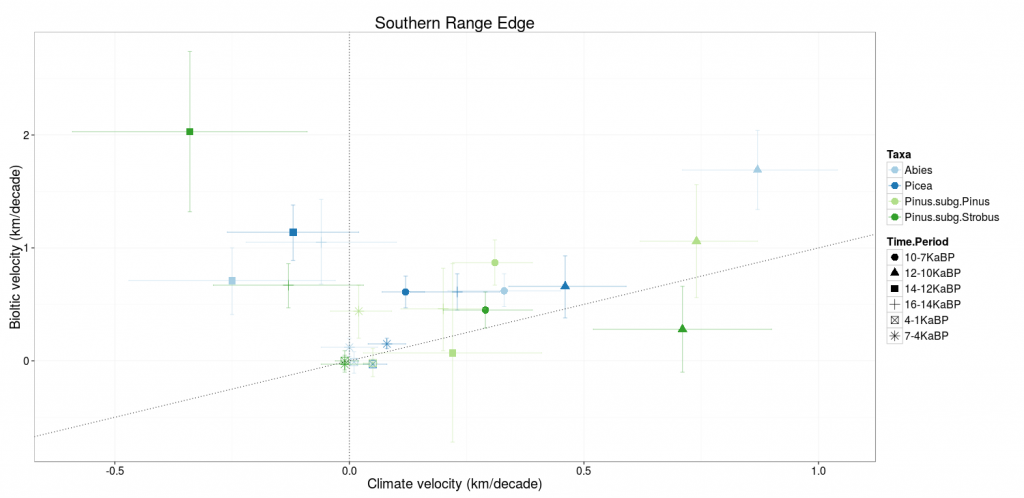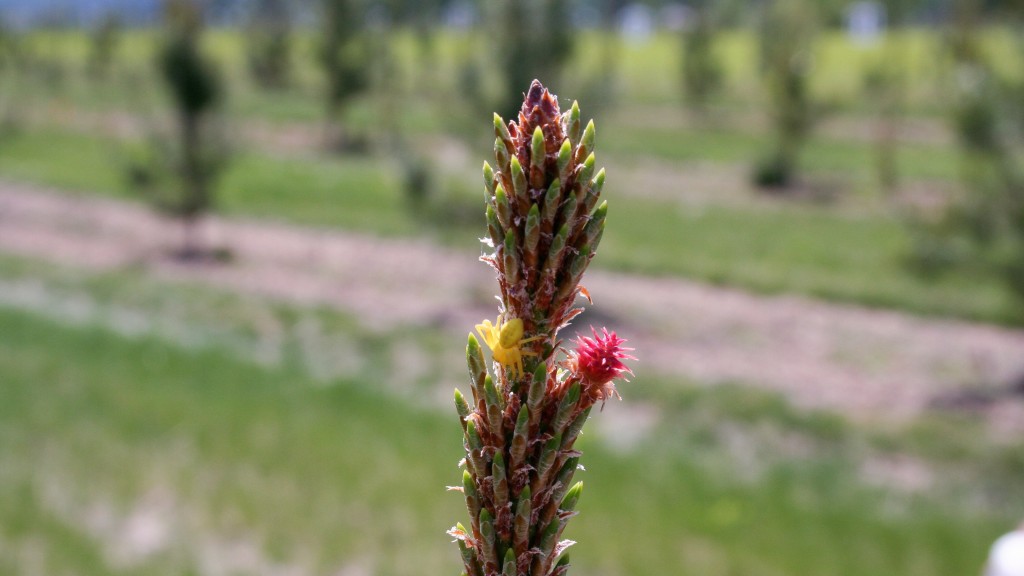While genecological studies suggest divergent selection on phenotypic traits for local adaptation to climate must be relatively strong (Howe et al. 2004; Savolainen et al. 2007; Alberto et al. 2013), population genetic studies suggest gene flow is high, as most widespread species show weak- to-moderate population differentiation (FST) for selectively neutral genetic markers (Kremer et al. 2012). How tree populations could diverge substantially for locally adaptive traits in the face of high levels of gene flow has been something of a puzzle (Savolainen et al. 2007). Theoretical modelling suggests that highly polygenic traits controlled by many co-varying loci of small effect can create phenotypic divergence under divergent selection despite high gene flow, but individual loci underlying such traits will have only weak divergence, and will be difficult to detect (Latta 2003; Le Corre and Kremer 2012; Savolainen et al. 2013). This genetic architecture presents a challenge for popula- tion studies to detect and adequately characterize local adaptation through genome scans
Aitken, S. N., & Bemmels, J. B. (2015). Time to get moving: Assisted gene flow of forest trees. Evolutionary Applications, doi:10.1111/eva.12293

